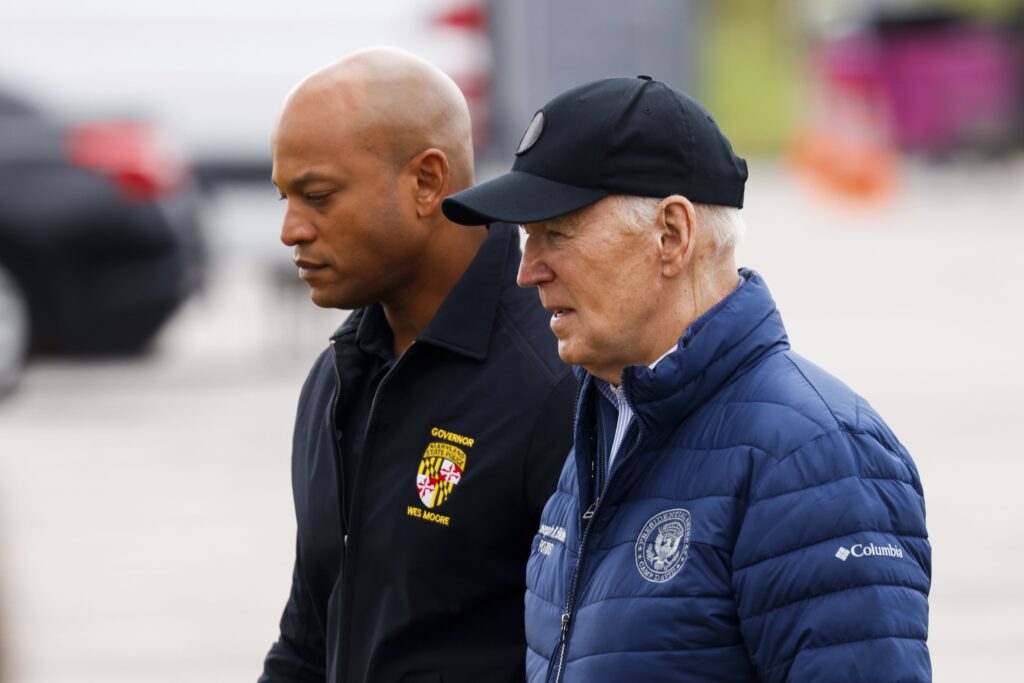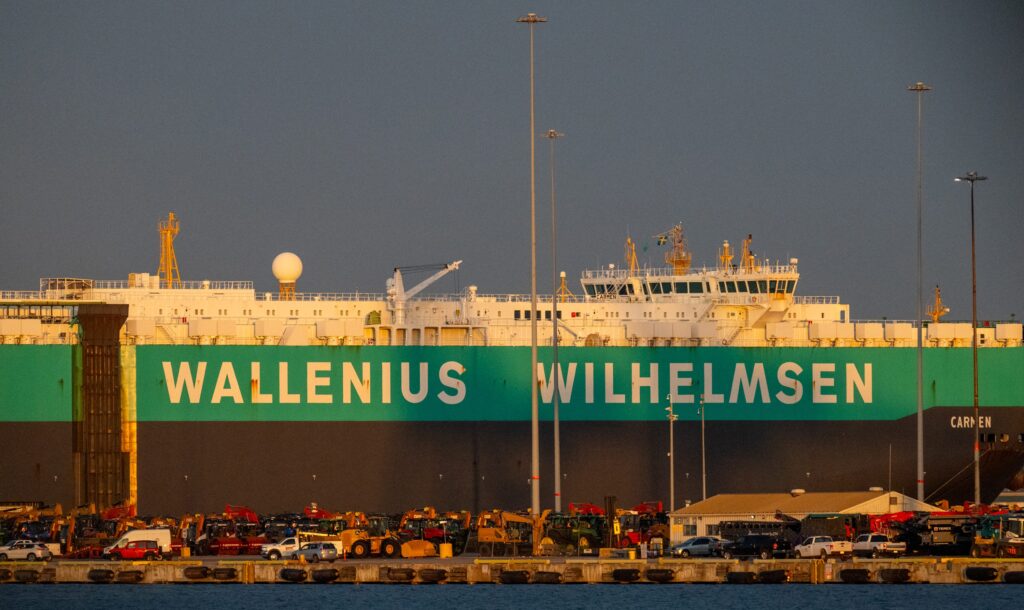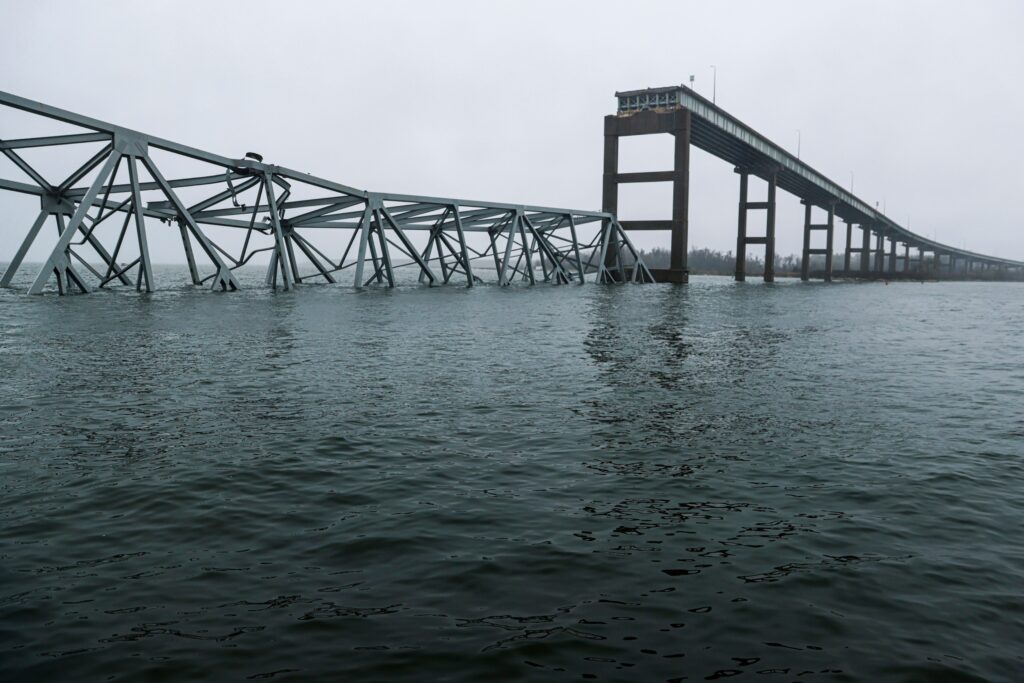- The collapse of the Key Bridge has deeply impacted the economy across the Baltimore region.
- With the temporary closure of the Port of Baltimore, that impact also stretches across the country.
- Maryland Gov. Wes Moore spoke to Business Insider about the road to recovery after the collapse.
It's impossible to dispute the sheer importance of the Port of Baltimore to the United States economy.
In 2023, the Port of Baltimore handled a record 52.3 million tons of international cargo valued at nearly $81 billion. Tthe port supports more than 15,000 direct positions, with almost 140,000 jobs connected to its sprawling facility.
But on March 26, the Francis Scott Key Bridge collapsed after the container vessel Dali struck the bridge and sent the 47-year-old structure into the Patapsco River. Six construction workers were killed as they worked to repair potholes early that morning.
The port remains closed, but the US Army Corps of Engineers is aiming to have it partially reopened later this month — with a goal for the port to be fully operational by the end of May.
For Maryland Democratic Gov. Wes Moore, the collapse has further solidified his commitment to the port, with its huge economic footprint that plays a major role in the country's supply chains.
"We're talking about $70 billion in economic activity," Moore said of the port's importance. "As long as that port is not fully functioning, the impact will be felt all over."
Moore recently spoke with Business Insider about the collapse of the Key Bridge and the economic impacts of the port's closure.
Questions and answers have been edited for brevity.
John L. Dorman: What is the significance of the Port of Baltimore to the larger US economy?
Gov. Wes Moore: The port is the largest in the country when it comes to heavy trucks and agricultural equipment. It impacts auto dealers in Ohio. It's the largest port in the country for spices and sugar.

That restaurant in Tennessee or Michigan … there's a good chance that they'll have a product that came through the Port of Baltimore. Tens of thousands of workers rely on the port every single day, and the disruption in maritime operations is not just spread across the region, but throughout the United States.
JD: The Baltimore area in recent years has boasted low unemployment and a strong housing market. How do you see the port's closure affecting Baltimore's economy?
WM: The Baltimore renaissance is real. When I was first inaugurated last year, the state was 47th in economic momentum. [It's now ranked 27th, according to data from the Federal Funds Information for States.] And Baltimore has the eighth-fastest growing economy in country.

But we've got to focus on getting that port reopened and make the region a global hub of cybersecurity and AI. I'm very bullish on Baltimore and where it can go over the next decade.
JD: You've worked closely with Baltimore Mayor Brandon Scott on recovery efforts related to the bridge and the port. What were your thoughts as you both stood near the shore and saw the devastation caused by the collapse?
WM: It didn't seem real. For both of us, all we've ever known is the Key Bridge. It's just always been around. Ultimately, looking up and seeing that it was gone was just something we never imagined. I remember telling him: "We're built for this. We're built for this moment."
JD: What are the next steps in ensuring that the bridge can be rebuilt?
WM: President Biden has committed to having the federal government cover 100% of the cost of a rebuilt bridge. But the president is going to need Congress to approve the funding. A rebuilt bridge will have a significant economic impact and the president understands that as well.
The Key Bridge was a key artery in this region. There were 36,000 people who traveled over that bridge every single day. I'm very anxious and impatient about having it rebuilt and operational.
